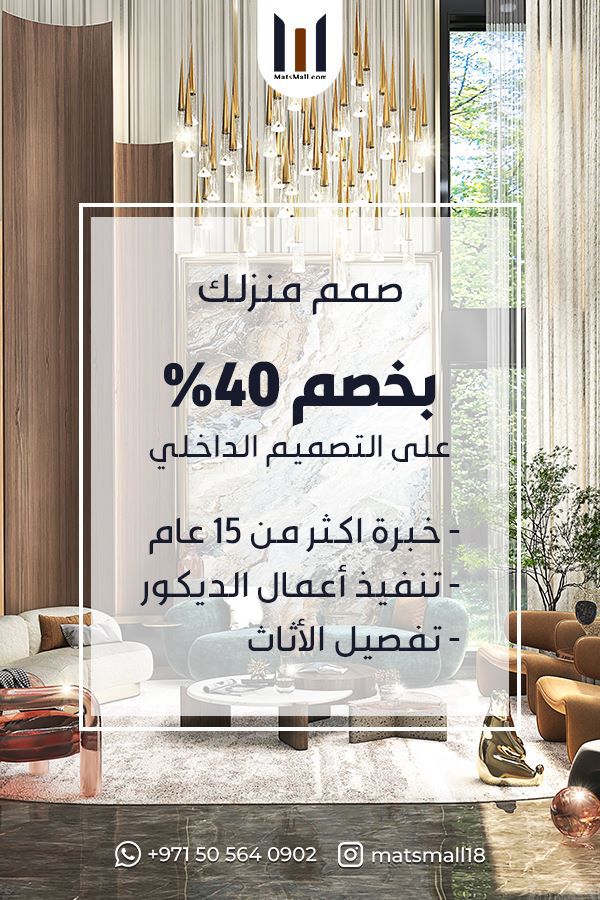Designing a restaurant in Dubai is an exciting endeavor, filled with unique opportunities and challenges. Dubai’s vibrant culture, diverse population, and dynamic food scene make it essential for restaurant designers to blend functionality with aesthetic appeal. In this guide, we’ll explore simple yet effective tips to help you create a restaurant design that stands out in Dubai’s competitive market.
1. Simple Tips to Design a Restaurant in Dubai
Dubai is a melting pot of cultures, with a diverse population that influences its food and design preferences. To design a restaurant that resonates with the local audience, consider the following:
- Cultural Sensitivity: Incorporate elements that reflect Dubai’s rich heritage while embracing modern trends. This could include traditional patterns or motifs subtly integrated into contemporary designs.
- Diverse Cuisine Needs: Dubai’s residents and visitors enjoy a wide range of cuisines. Design your space to accommodate various culinary styles and dining preferences.
2. Prioritize Functionality and Flow
A well-designed restaurant must be functional and ensure smooth operations. Here’s how to achieve this:
- Layout: Create a layout that facilitates efficient movement for both staff and customers. Consider the flow from the kitchen to the dining area and ensure there’s ample space for both guests and employees.
- Seating Arrangements: Offer a variety of seating options to cater to different group sizes and preferences. Incorporate booths, tables, and perhaps even a bar area.
- Accessibility: Ensure the restaurant is accessible to all, including people with disabilities. Incorporate features like ramps and wide aisles.
3. Create a Unique Ambiance
Dubai is known for its luxurious and innovative design, so making your restaurant stand out is crucial. Here’s how to create a memorable ambiance:
- Theme and Concept: Choose a theme that reflects your restaurant’s cuisine and concept. Whether it’s a chic modern bistro or a traditional Emirati eatery, ensure the theme is consistent throughout the design.
- Lighting: Use lighting to set the mood. Ambient lighting for a relaxed atmosphere, task lighting for functionality, and accent lighting to highlight architectural features can create a balanced and inviting environment.
- Color Scheme: Select colors that enhance the mood you want to create. Warm tones can make the space feel cozy, while cooler tones can offer a modern, clean look.
4. Incorporate Local Materials and Art
Utilizing local materials and artwork can give your restaurant a distinct identity and connect it with the local culture:
- Materials: Consider incorporating materials like local stone, wood, or traditional textiles. These can add a touch of authenticity and make the space feel grounded in its locale.
- Artwork: Feature artwork from local artists or artisans. This not only supports the local art scene but also adds a unique touch to your restaurant’s decor.
5. Focus on Comfort and Acoustics
Customer comfort is paramount in creating a successful dining experience. Here’s what to keep in mind:
- Seating Comfort: Invest in high-quality, comfortable seating. The design should be aesthetically pleasing but also ensure that guests are comfortable for extended periods.
- Acoustics: Manage sound levels to avoid a noisy environment that can disrupt conversations. Use acoustic panels or soft furnishings to absorb sound and create a pleasant dining atmosphere.
6. Incorporate Technology
Modern diners often expect certain technological conveniences. Here’s how to integrate technology effectively:
- Point of Sale Systems: Invest in efficient POS systems that streamline ordering and payment processes.
- Online Reservations: Provide options for online reservations and digital menus to cater to tech-savvy customers.
- Social Media Integration: Design spaces that are Instagram-worthy, encouraging diners to share their experiences on social media.
7. Consider Sustainability
Sustainability is increasingly important in Dubai’s dining scene. Implementing eco-friendly practices can enhance your restaurant’s appeal:
- Energy Efficiency: Use energy-efficient lighting and appliances to reduce operational costs and environmental impact.
- Waste Management: Develop a waste management plan that includes recycling and composting options.
- Sustainable Materials: Opt for sustainable materials in your design, such as reclaimed wood or eco-friendly finishes.
8. Ensure Compliance with Regulations
Dubai has specific regulations and standards for restaurant design. Ensure you are familiar with and comply with these requirements:
- Health and Safety: Adhere to local health and safety regulations, including proper ventilation, fire safety measures, and hygiene standards.
- Licensing: Obtain the necessary licenses and permits for operating a restaurant in Dubai.
9. Plan for Future Adaptability
Designing with future adaptability in mind can save you time and money in the long run:
- Flexible Layouts: Consider modular furniture and flexible layouts that can be easily reconfigured as needed.
- Scalable Systems: Implement systems that can grow with your business, such as scalable POS systems and expandable kitchen equipment.
10. Engage with Local Designers and Consultants
Finally, collaborating with local designers and consultants can provide valuable insights and ensure that your restaurant design aligns with Dubai’s market expectations:
- Local Expertise: Engage with local professionals who understand the cultural and regulatory landscape.
- Feedback and Iteration: Be open to feedback and ready to make adjustments based on expert advice and customer responses.
Designing a restaurant in Dubai involves a blend of creativity, functionality, and cultural sensitivity. By understanding the local context, prioritizing functionality, creating a unique ambiance, and considering sustainability, you can design a restaurant that not only stands out but also thrives in Dubai’s competitive dining scene.
Incorporate these simple tips into your design process, and you’ll be well on your way to creating a successful and memorable dining experience in one of the world’s most dynamic cities.
FAQ
1. What are the key factors to consider when designing a restaurant in Dubai?
When designing a restaurant in Dubai, consider cultural context, functionality, unique ambiance, comfort, technology, sustainability, regulatory compliance, and adaptability. Understanding the local culture and cuisine preferences is crucial, as well as ensuring efficient layout and incorporating modern technological conveniences.
2. How important is cultural sensitivity in restaurant design in Dubai?
Cultural sensitivity is very important in Dubai’s restaurant design. Dubai is a multicultural city, and reflecting both the local culture and the diverse tastes of its residents can enhance the appeal of your restaurant. This includes using culturally relevant motifs, respecting local traditions, and offering diverse cuisine options.
3. What are some popular design themes for restaurants in Dubai?
Popular design themes in Dubai include modern luxury, traditional Emirati aesthetics, and international styles. Combining opulence with contemporary elements or integrating traditional patterns with modern design can create a unique and appealing atmosphere. Always ensure that the theme aligns with your restaurant’s concept and target audience.
4. How can I make my restaurant stand out in Dubai’s competitive market?
To stand out, focus on creating a unique and memorable dining experience. This includes a distinctive design, high-quality food, exceptional service, and an inviting ambiance. Incorporating Instagram-worthy elements and offering a unique concept or theme can also help differentiate your restaurant from competitors.


